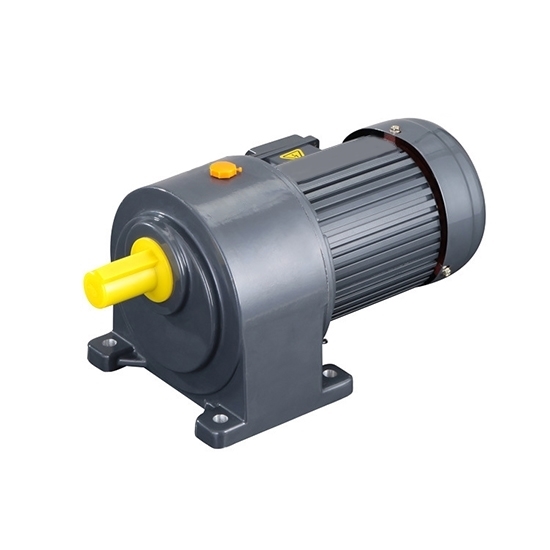Geared motors are often used in our daily life and factory production equipment. Common geared motors include DC planetary geared motors, DC geared motors, micro geared motors, worm geared motors, etc. In the process of selecting a geared motor, it is difficult for everyone to understand the meaning of the gear ratio in the geared motor. Let’s discuss it today.

What is a geared motor?
Geared motors are generally used for low-speed and high-torque transmission equipment. Gears on the input shaft of the geared motor with fewer gears mesh the internal combustion engine or other high-speed power with the large gears on the output shaft to decelerate. Ordinary geared motors will also have several pairs of gears with the same principle to achieve ideal deceleration. The gear ratio of the large and small gears is also the transmission ratio.
What is the reduction ratio?
The reduction ratio is the gear ratio of the reduction gear. It refers to the ratio of the instantaneous input speed to the output speed in the deceleration mechanism, represented by “i”. Generally speaking, the method of expressing the reduction ratio takes 1 as the denominator, and the ratio between the input speed and the output speed connected by “:”. If the input speed is 1500r/min and the output speed is 25r/min, the reduction ratio is i=60:1.
The reduction ratio is a very important parameter in the process of purchasing a geared motor. It has two notable functions.
- Increase the output torque during deceleration. The torque output ratio is multiplied by the output of the deceleration motor, but be careful not to exceed the rated torque of the deceleration motor.
- Deceleration reduces the load inertia, which is reduced to the square of the transmission ratio.